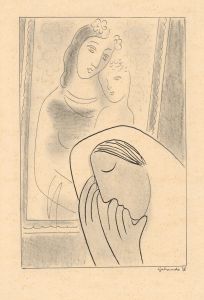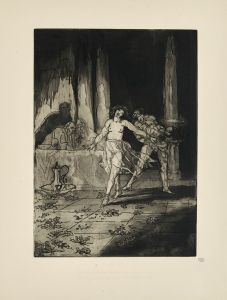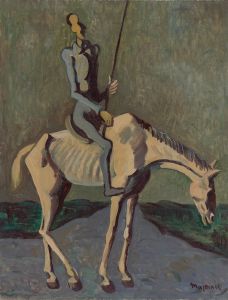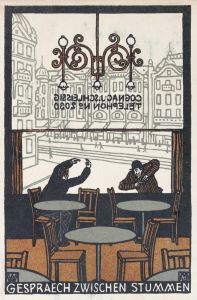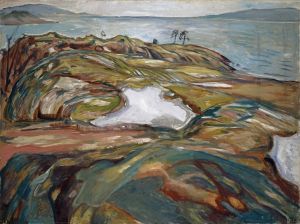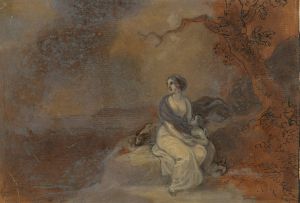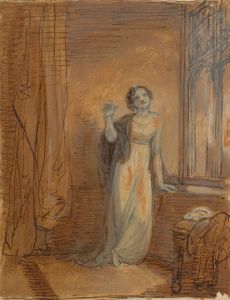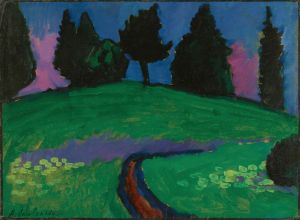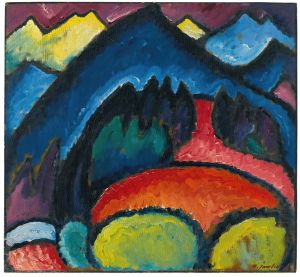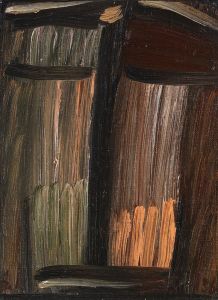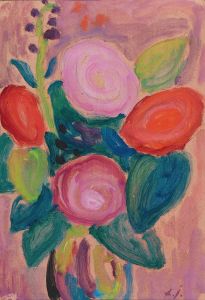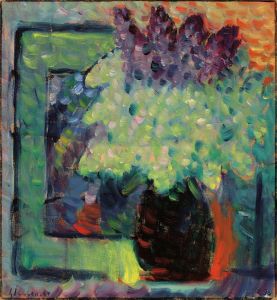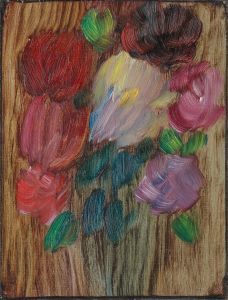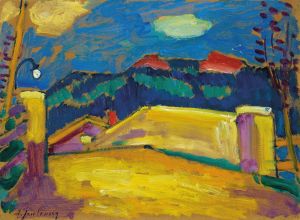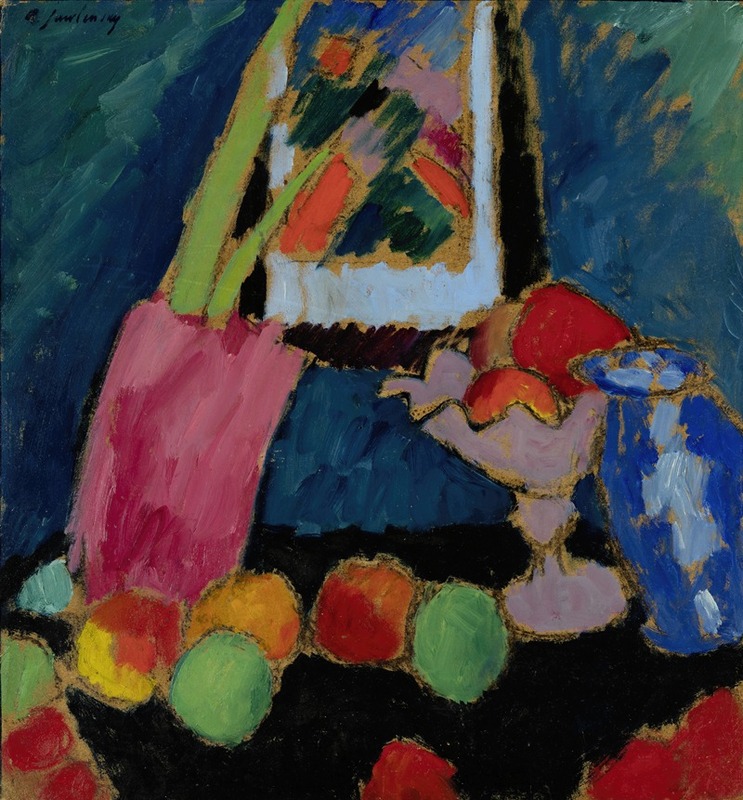
Still Life with a Purple Bowl
A hand-painted replica of Alexej von Jawlensky’s masterpiece Still Life with a Purple Bowl, meticulously crafted by professional artists to capture the true essence of the original. Each piece is created with museum-quality canvas and rare mineral pigments, carefully painted by experienced artists with delicate brushstrokes and rich, layered colors to perfectly recreate the texture of the original artwork. Unlike machine-printed reproductions, this hand-painted version brings the painting to life, infused with the artist’s emotions and skill in every stroke. Whether for personal collection or home decoration, it instantly elevates the artistic atmosphere of any space.
"Still Life with a Purple Bowl" is a painting by Alexej von Jawlensky, a Russian expressionist painter associated with the German Expressionist movement. Jawlensky was a key figure in the development of modern art in the early 20th century, and his work is often characterized by bold colors and expressive forms.
Born in 1864 in Torzhok, Russia, Jawlensky moved to Germany in the late 19th century, where he became involved with the avant-garde art scene. He was a member of the Munich-based group Der Blaue Reiter, which included artists like Wassily Kandinsky and Franz Marc. This group was instrumental in the development of expressionism, emphasizing the use of color and abstraction to convey emotional and spiritual experiences.
"Still Life with a Purple Bowl" exemplifies Jawlensky's mature style, which often focused on the use of vibrant colors and simplified forms. The painting features a composition centered around a purple bowl, surrounded by various objects that are rendered with a sense of abstraction. The use of color is particularly striking, with the purple bowl serving as a focal point against a backdrop of contrasting hues. Jawlensky's technique often involved the application of paint in broad, expressive strokes, which can be seen in the dynamic brushwork of this piece.
The painting reflects Jawlensky's interest in the spiritual and symbolic potential of color. He believed that colors could evoke specific emotions and had the power to transcend the material world. This philosophy was influenced by his association with Kandinsky, who also explored the spiritual dimensions of art.
Jawlensky's still lifes, including "Still Life with a Purple Bowl," are less well-known than his portraits, but they are significant in understanding his artistic evolution. These works demonstrate his ability to infuse everyday objects with a sense of vitality and emotional depth. The composition of "Still Life with a Purple Bowl" is carefully balanced, with the arrangement of objects creating a harmonious interplay of shapes and colors.
Throughout his career, Jawlensky faced numerous challenges, including the upheavals of World War I and the rise of the Nazi regime in Germany, which labeled his work as "degenerate art." Despite these obstacles, he continued to paint and develop his unique style until his death in 1941.
"Still Life with a Purple Bowl" is a testament to Jawlensky's enduring legacy as a pioneer of modern art. His innovative use of color and form has influenced generations of artists and continues to be celebrated in exhibitions and collections worldwide. The painting is a vivid example of how Jawlensky transformed the still life genre, imbuing it with a sense of spiritual and emotional resonance that remains impactful to this day.





